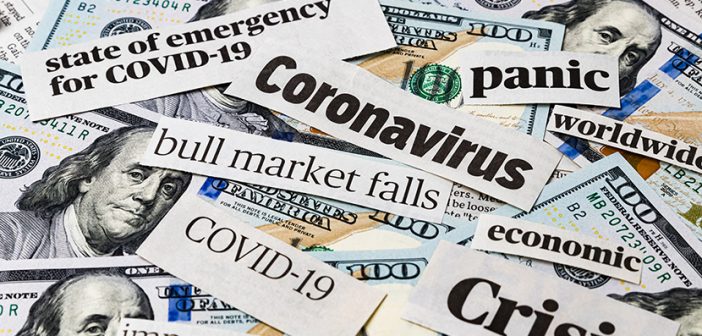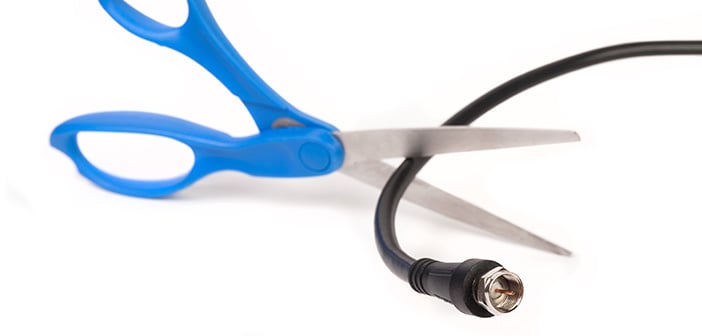Recessions can be really scary. There are so many unknowns—it’s easy to become overwhelmed.
Add to that COVID-19‘s threat to your physical health and the impact of sheltering in place on your mental health—this is a lot to deal with. But deal with it we must.
Failing to manage our stress and refind our focus could result in missing out on a huge opportunity or making shortsighted, uninformed decisions.
For me, sticking to a to-do list during times like this helps me to feel productive and keeps me moving forward.
Follow these seven steps to be proactive and productive no matter what the future holds.
How to Prepare for a Potential Recession
Step 1: Gather all the relevant data.
The first thing you need to do is learn as much as you possibly can about what we’re dealing with. The best way to do this is to learn from those who have experience dealing with something similar. Find the experts, read their books and articles, and listen to their podcasts.
Remember, though, that adjusting your plan to accommodate an impending recession is speculation, so you should always consider multiple points of view. Nobody can predict the future with certainty. But we can figure out the likely scenarios.
The most important thing here is to stick to the facts and seek advice from credible sources.

Step 2: Come up with a plan.
Once you have a better idea of what we are dealing with and possible scenarios that could play out, determine what you are going to do about it.
Will your strategy change? Will you put things on hold? Will you pursue something new or different?
All of these are likely scenarios and are at least worth considering. It is also reasonable, and probably wise, to have a plan B and even plan C.
Step 3: Strengthen your foundation, and get your reserves in order.
Building up your reserves will require discipline but it will be worth it.
Furthermore, ensure that you are taking full advantage of the stimulus package. Do your research and find out what assistance is available to you.
Step 4: Cut all unnecessary expenses.
Go through your expenses with a fine-tooth comb, and cut out all the excess. Any subscription that you’re no longer using or that isn’t bringing you joy—get rid of it.
There are many ways to go about this, but the first step is figuring out where your money is going. So schedule some time to print out your credit card statements, then get to cutting!
Related: How to Slash Your Food Bill in Half (AND Support Good Health)
A few steak dinners replaced with home-cooked spaghetti is an easy sacrifice, and your bank account will thank you for it.

Step 5: Stay positive.
We’ve all heard the saying, “Hope for the best, but prepare for the worst.”
This is truly the best thing you can do during uncertain times. Realizing that there are things within your control and things outside of your control can be really helpful. Do what you can, and don’t stress about what you have no control over.
The economy is cyclical; downturns are normal and to be expected. You can’t change that, but you can decide how you will handle it and what you learn from it.
Step 6: Take care of yourself.
Uncertain times can be very stressful and make you doubt the path you’re on. None of this is healthy or productive!
Come up with a plan, and stick to it. Create some routine and normalcy in your life, and cut yourself some slack.
What are you doing to prepare?

